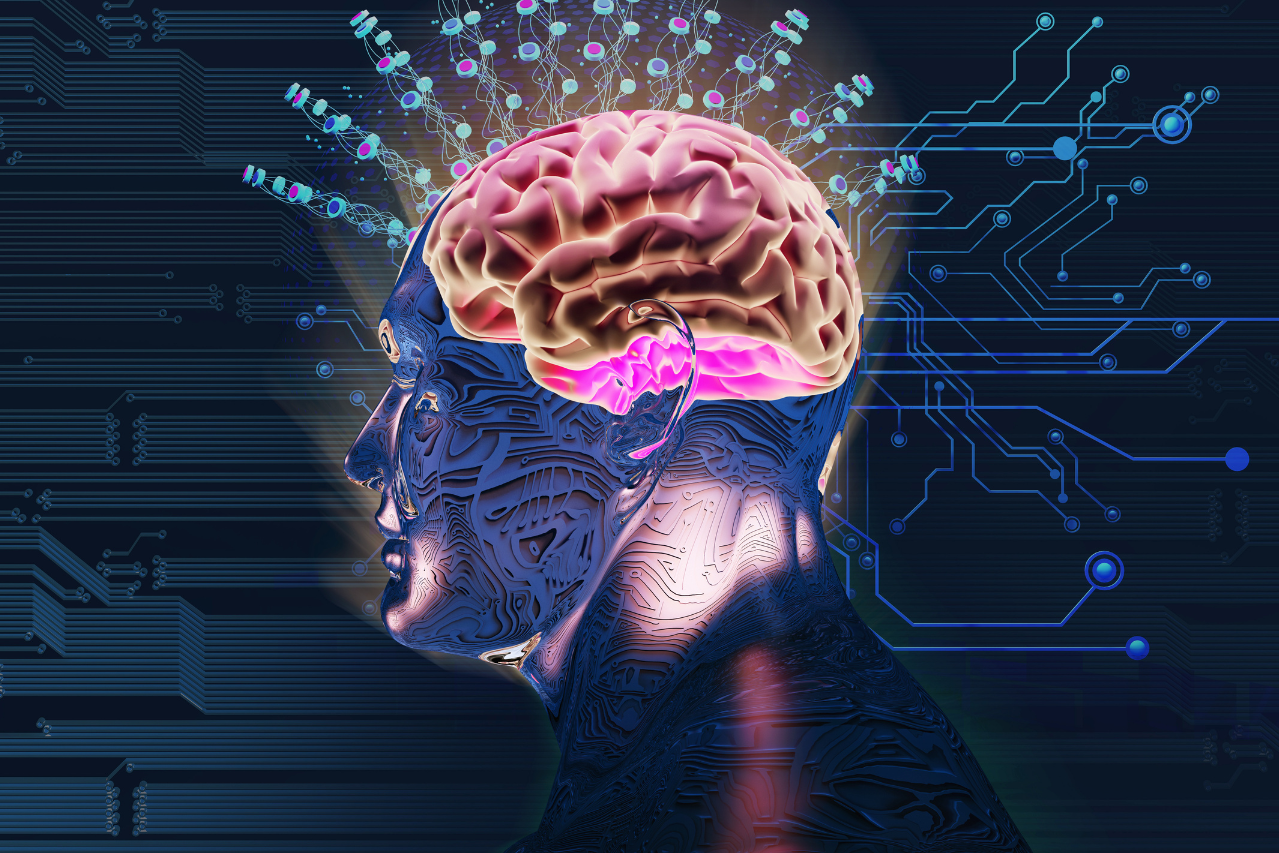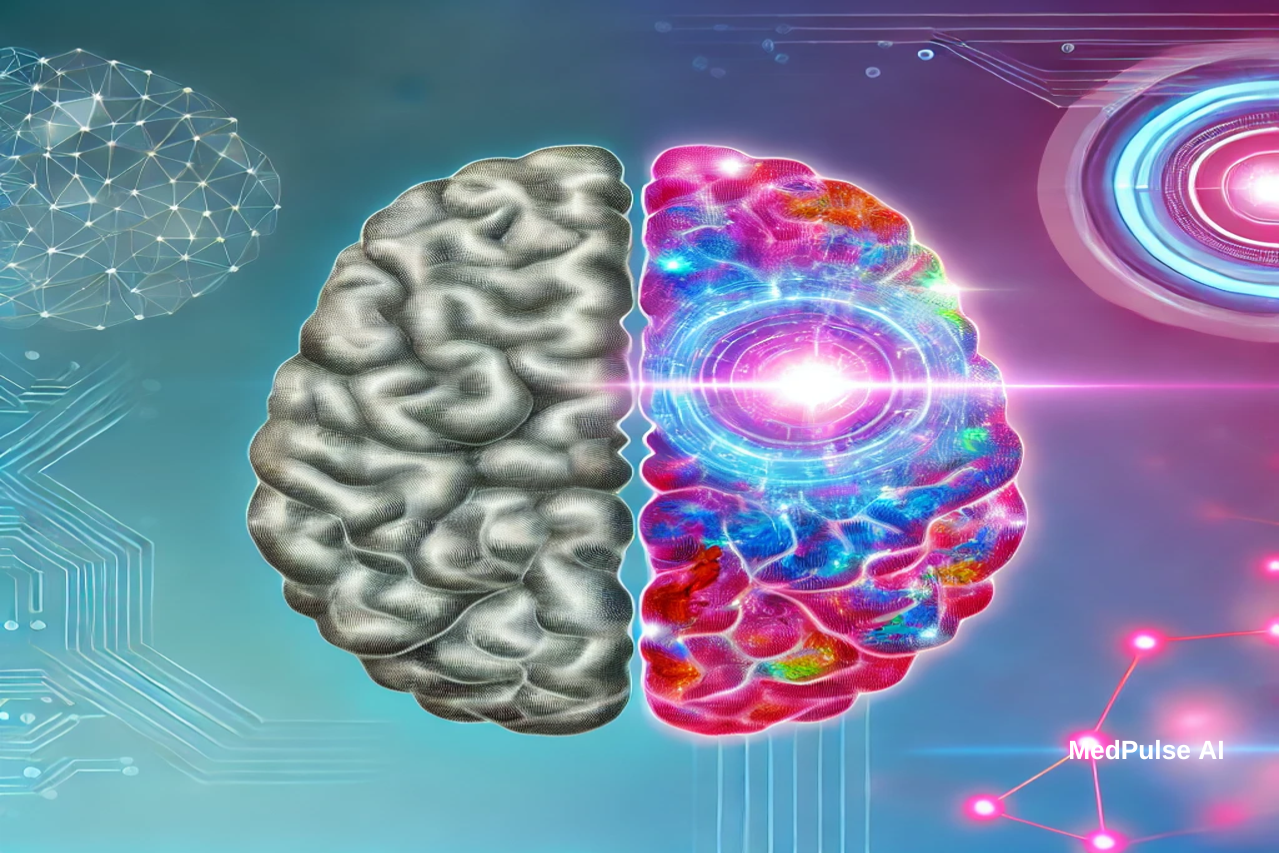Cerebral aneurysms—bulges in blood vessels in the brain—can go unnoticed until they rupture, often leading to a dangerous type of stroke known as a subarachnoid hemorrhage. These ruptures are responsible for most non-traumatic cases of this condition, which has a high mortality rate of up to 44%, and nearly 1 in 5 survivors may face lifelong disabilities. While aneurysms affect about 3.2% of the population, women, older adults, smokers, those with high blood pressure, or a family history of aneurysms are at greater risk. Early detection can save lives by allowing doctors to assess the risk of rupture and plan appropriate interventions.
The Role of Technology in Detection
The gold standard for detecting aneurysms is a test called Digital Subtraction Angiography (DSA), but it’s invasive and not always practical. A safer, faster alternative is Computed Tomography Angiography (CTA), which creates detailed images of blood vessels without requiring surgery or increasing pressure in the skull. However, analyzing these scans manually is time-consuming, requires expertise, and can be prone to human error—especially when identifying small or complex aneurysms. This is where artificial intelligence (AI) steps in.
How AI is Changing the Game
AI, specifically deep learning models, uses advanced algorithms to analyze images with speed and precision. In a recent study, researchers created an AI tool to detect and measure aneurysms automatically. Here’s what makes it groundbreaking:
- High Accuracy: The AI model can identify aneurysms of all sizes, even tiny ones that are often missed by less experienced radiologists.
- Time-Saving: By automating much of the work, the AI reduces the time needed to interpret scans by 37%.
- Consistency: It minimizes errors caused by fatigue or varying levels of experience among radiologists.
- Dual Reading: When used alongside a radiologist, AI reduces missed diagnoses to just 1%, ensuring more reliable results.
How the Study Worked: A Closer Look
The study was a comprehensive effort to evaluate the effectiveness of AI in detecting cerebral aneurysms and improving the diagnostic process. It was conducted across 11 clinical centers and involved over 3,800 CTA scans. The diverse dataset included patients with a variety of aneurysm types, sizes, and locations, ensuring that the results would be applicable to real-world scenarios.
The Three Scenarios Tested
The study designed its evaluation to test the AI tool in three distinct scenarios:
- AI-Only Reading:
- In this scenario, the AI tool worked independently, analyzing CTA scans without any input or correction from radiologists.
- The AI system performed tasks like detecting aneurysms, measuring their size, and providing detailed reports, including 3D bounding boxes and segmentation masks for better visualization.
- This approach assessed the standalone capabilities of the AI system, highlighting its potential as a fully automated diagnostic tool.
- Human-Only Reading:
- Radiologists interpreted the scans manually using traditional methods.
- They relied on their training and experience to identify aneurysms, which involved reviewing hundreds of images for each scan, reconstructing 3D views, and making nuanced judgments about subtle abnormalities.
- This scenario established a baseline for comparison, showcasing the current standard of care.
- AI-Assisted Reading:
- Radiologists analyzed the scans with the assistance of AI-generated insights.
- The AI tool highlighted potential aneurysms and provided preliminary measurements, allowing radiologists to confirm or refine the findings.
- This approach tested how well AI could serve as a “second set of eyes,” improving accuracy and efficiency without replacing human expertise.
Why Test Three Scenarios?
The three scenarios allowed researchers to:
- Isolate the strengths and weaknesses of AI alone: How effective is AI without human intervention?
- Understand the impact of AI assistance: Can AI enhance the performance of radiologists, particularly those with less experience?
- Compare to current practices: How does AI-assisted diagnosis measure up against traditional methods?
Key Metrics Evaluated
To measure the effectiveness of the AI tool, the study used several performance indicators:
- Sensitivity: The ability to correctly identify aneurysms, including small and subtle ones.
- Specificity: The ability to avoid false positives—mistakenly identifying normal structures as aneurysms.
- Time efficiency: How long it took to interpret each scan and generate a report.
- Inter-reader consistency: How much agreement existed between radiologists, particularly when AI assistance was used.
Findings and Insights
- Improved Detection of Small Aneurysms:
- Aneurysms measuring 1–3mm, which are notoriously difficult to detect, were identified more accurately when AI was involved.
- In AI-assisted reading, sensitivity for these smaller aneurysms increased by 15.8%, a significant improvement over human-only reading.
- This is particularly important because small aneurysms, though less likely to rupture, can grow over time and pose serious risks if left undetected.
- Enhanced Overall Performance:
- Radiologists using AI assistance achieved a 96% detection rate, compared to 87% without AI.
- Junior radiologists (less than 8 years of experience) saw the most dramatic improvement, narrowing the gap between their performance and that of senior radiologists.
- Faster Diagnostics:
- The AI tool reduced the time required for image interpretation by 37%, streamlining the workflow significantly.
- This was achieved by automating labor-intensive tasks like 3D image reconstruction, volume rendering, and segmentation.
- Radiologists were able to focus on confirming the AI’s findings and making clinical decisions rather than spending hours manually analyzing scans.
- Consistency Across Readers:
- When AI assistance was used, the variability in diagnoses between different radiologists decreased.
- This is particularly valuable in clinical settings where less experienced radiologists might otherwise miss small or complex aneurysms.
How the AI Tool Works in Practice
The AI system used in this study was designed to perform two main functions:
- Detection:
- The AI analyzed the entire scan and flagged potential aneurysms.
- It generated 3D bounding boxes around suspected aneurysms, making it easier for radiologists to review the findings.
- Segmentation and Measurement:
- Once an aneurysm was detected, the AI provided precise measurements, including size, volume, and location.
- This quantitative data helped radiologists assess the risk of rupture and plan appropriate interventions.
Significance of the Results
The study demonstrated that the AI tool could act as a powerful ally to radiologists. By improving sensitivity, reducing missed diagnoses, and speeding up the diagnostic process, the AI system addresses several key challenges in aneurysm detection:
- Overcoming human limitations: Fatigue, inexperience, and time constraints are common issues for radiologists, and AI can help mitigate these factors.
- Bridging the expertise gap: Junior radiologists, in particular, benefited from AI assistance, making it a valuable tool in training and resource-limited settings.
- Optimizing workflows: Faster diagnosis means shorter wait times for patients and more efficient use of healthcare resources.
In real-world applications, this approach has the potential to improve outcomes for patients while reducing the burden on healthcare systems.
What This Means for You
AI in aneurysm detection could mean earlier and more accurate diagnoses, especially in hospitals with limited resources or where specialists are in short supply. This technology also helps ease the workload of radiologists, ensuring they can focus on critical cases and make better-informed decisions.
While the results are promising, there’s still work to be done. Future studies need to explore how well this AI performs in real-world clinical settings and its impact on long-term patient outcomes. However, the potential for AI to revolutionize brain aneurysm care is clear: faster diagnoses, fewer missed cases, and better treatment plans tailored to each patient.
Are you interested in how AI is changing healthcare? Subscribe to our newsletter, “PulsePoint,” for updates, insights, and trends on AI innovations in healthcare.




